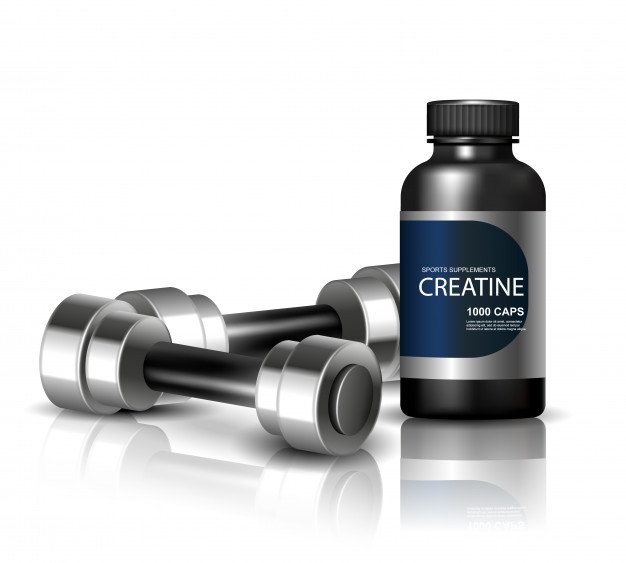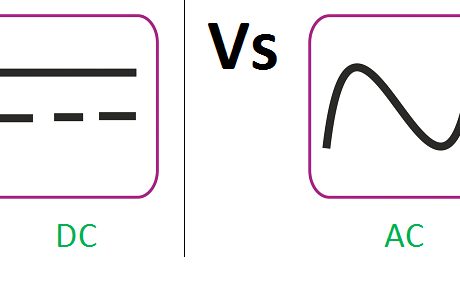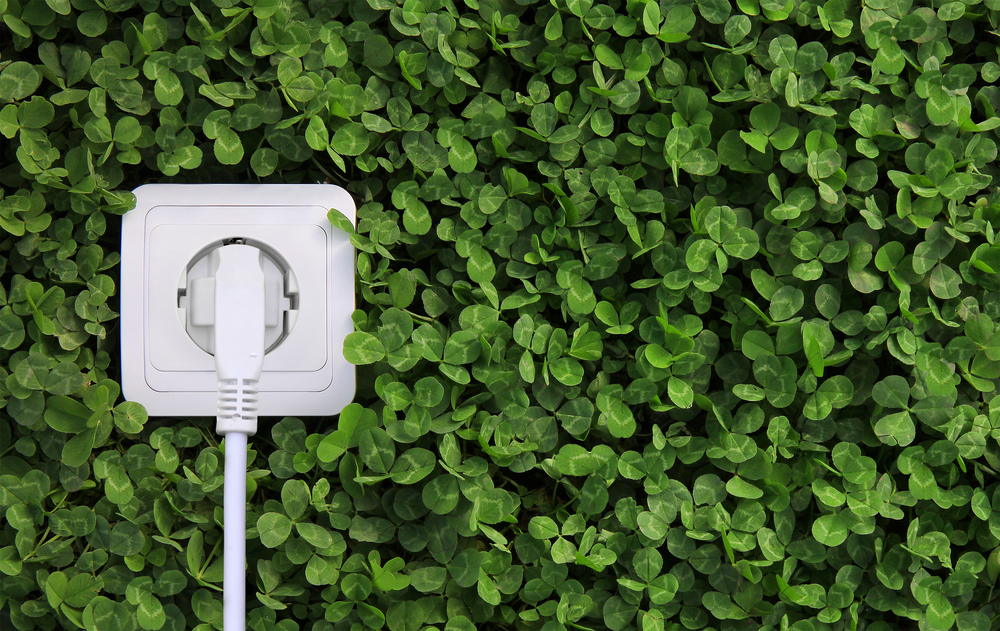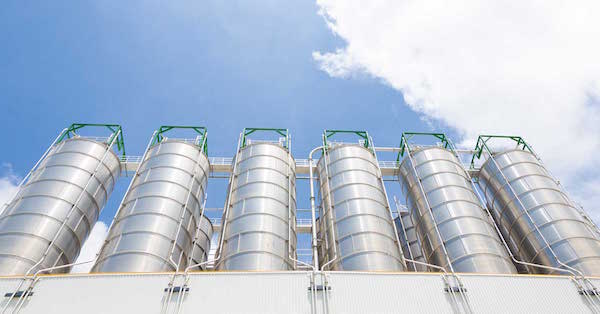It is never the case where the majority of us get enough sleep (6 to 8 hours every night), eat a well-balanced or highly nutritious diet (a clean diet), and get an adequate amount of exercise (at least 20 minutes a day). There are varieties of energy supplements for both males and females.
This ‘lack’ can leave us feeling sub-par, and not at our mind and body’s peak performance. The only other sure alternative it leaves us with is to complement this ‘lack’ with either nutritional or energy supplements. This is a good thing because it replenishes us in times of need.
The fact of the matter is that even for those people who do get all 3 of the above (sleep, diet, and exercise) sometimes they too need energy supplements. It could be for health reasons like anemia (lack of iron in their blood) and feel lethargic most of the time, it could be a hormonal imbalance, environmental stressors or sometimes even a sickness that you didn’t know you had. So, in any of these instances, energy supplements are the way to go. There are lots of different types of energy supplements for both males and females.
Contents
Which Vitamins in Supplements Boost Our Energy?
Below are some popular choices:
Creatine:

Is a natural ingredient found in fish, pork, red meat, and poultry? When included in your diet, it can provide the body with a quick boost of energy.
The main currency of energy in the body is called Adenosine Triphosphate (ATP) and when the body uses up its ATP resources, it becomes what’s known as ‘Adenosine Diphosphate (ADP).’
Creatine does the job of reversing this process and provides energy to ADP which turns it back into ATP, resulting in an energy boost in your body. It’s that simple. Studies done on various athletes, for example, have shown this improvement when they took creatine as a supplement i.e. increase in several sprints in certain sports, powerful bursts of activity in things like weightlifting or jumping.
Not only did it improve energy-levels and stamina, but it has also shown to improve lean muscle mass in some adults. The reason for this was because it gave these individuals energy, which in turn helped them to train twice as hard and twice as long as they normally would. Find out more here.
CoenzymeQ10:
This is a substance we make naturally in the cells of our bodies. The 3 main parts of our body that contain the highest levels of Q10 enzymes are the liver, kidneys and the heart. The reason we have this in our body is to give us energy and protect our cells from oxidative damage. As you can imagine, when the levels of the CoQ10 enzyme declines, so does our energy levels.
Outside substitutes for CoQ10 are foods like nuts, fish, and meat in moderation.
Another reason to take it is that it decreases with age, and age-related issues like heart failure, certain cancers and diabetes, and it is always best to supplement with CoQ10 in this case. Although it is good to note that this enzyme will not increase the energy levels of people who have an adequate amount in their cells already.
Maritime Pine Bark:
This is not a very well-known or researched extract, but in recent studies it has been shown to provide energy to the body and surprisingly enough, some studies found that it may indirectly enhance the delivery of oxygen and glucose to the brain and as a result, it supports brain energy metabolism. So, it protects not only the body but also the brain against damage.
Rhodiola Rosea:
a slightly more popular herb than the one mentioned above, it is found in certain cold mountainous regions and is used mostly as an adaptogen promotes homeostasis in the body and enhances its capability to handle stress.
Many studies have also been done on this herb to see its effects on both physical and mental exhaustion. The results were positive, and they found this herb to be responsible for an increase in physical performance and a decrease in mental weariness. And was also found to help slightly with depression with no or very low side effects as compared to prescription drugs such as sertraline.
Read Also:





















